NGC 6729 - A Celestial Dance in Corona Australis
If you cast your gaze towards the constellation Corona Australis, you might just catch a glimpse of the mesmerizing NGC 6729, affectionately known as Caldwell 68. This celestial spectacle, a reflection/emission nebula, was first discovered by the keen eyes of Johann Friedrich Julius Schmidt in the year 1861. Let's embark on a cosmic journey to unravel the secrets held within the folds of this captivating nebula.
NGC 6729 takes center stage as a small yet enchanting segment of the Corona Australis Molecular Cloud positioned approximately 400 light-years away from our vantage point on Earth. Imagine a fan-shaped nebula unfolding its celestial wings, reaching out from the radiant R Coronae Australis to the distant T CrA in the southeast. The dance of light within NGC 6729 is orchestrated by the two young stellar performers, R and T CrA, discovered by the visionary Julius Schmidt himself.
What makes NGC 6729 truly fascinating is its variability – a cosmic ballet that showcases irregular changes in both brightness and shape. It's as if the nebula itself is a celestial artist, painting the canvas of the night sky with its ever-changing hues. This variability is a testament to the dynamic nature of the Corona Australis Molecular Cloud, a bustling hub of star formation that stands as one of the closest such regions to Earth, residing at a distance of 130 parsecs.
Delving deeper into the cosmic neighborhood, the Corona Australis Molecular Cloud emerges as a complex of molecular clouds actively giving birth to new stars. Among its stellar residents is the pre-main-sequence star, R Coronae Australis, a young luminary in the early stages of its stellar evolution. But NGC 6729 is not alone in this celestial haven – it shares the stage with companions like McNeil’s Nebula, NGC 1555 (Hind’s Variable Nebula), and NGC 2261 (Hubble’s Variable Nebula), each with its own unique cosmic tale to tell.
In essence, NGC 6729 is not merely a nebula; it's a storyteller etching tales of stellar birth and cosmic transformations across the vast canvas of space. As we peer into the night sky and witness the ever-changing radiance of NGC 6729, we become spectators to the celestial drama unfolding within the Corona Australis Molecular Cloud. So, the next time you find yourself under the starlit embrace of the night sky, remember to look towards Corona Australis and catch a glimpse of the ethereal dance of NGC 6729 – a true cosmic masterpiece.


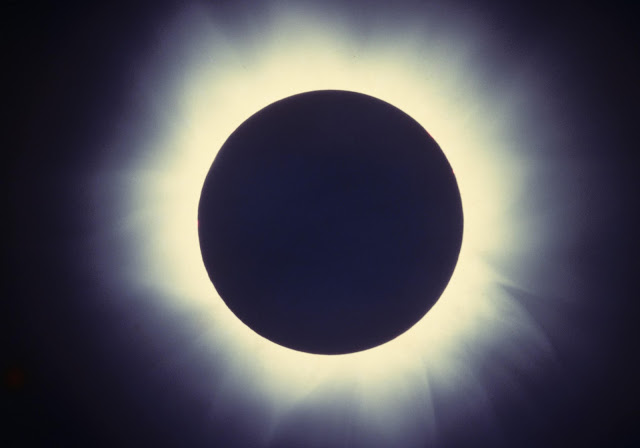
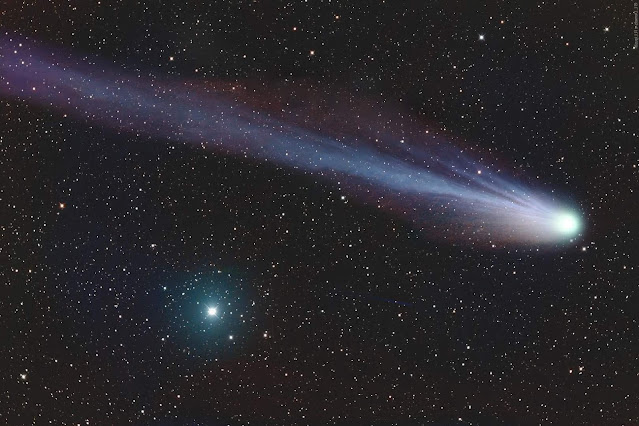

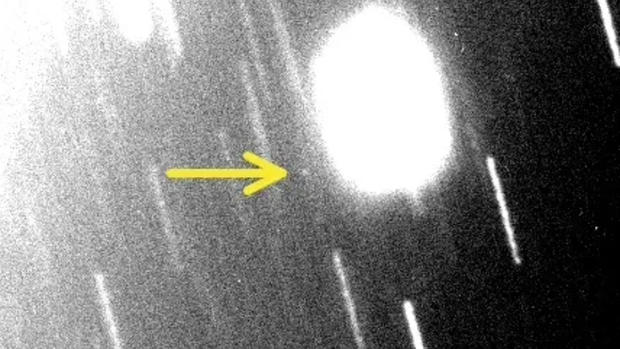

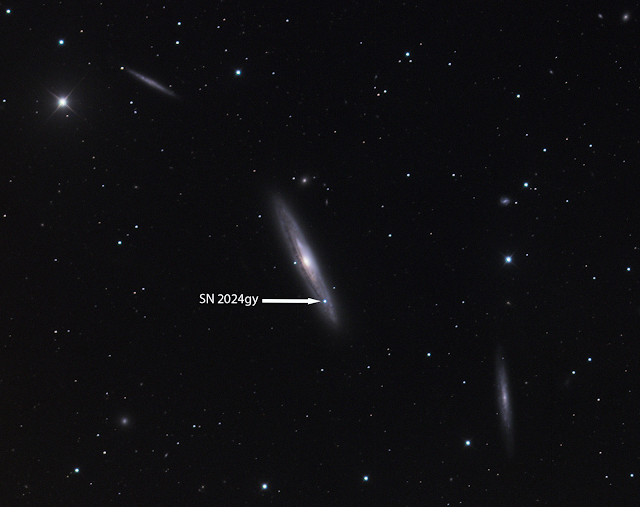
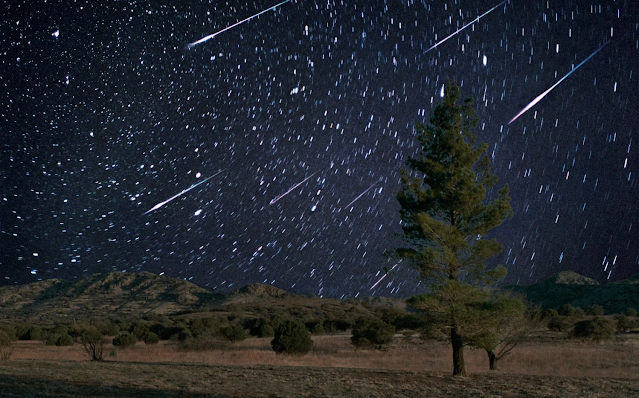
Comments
Post a Comment